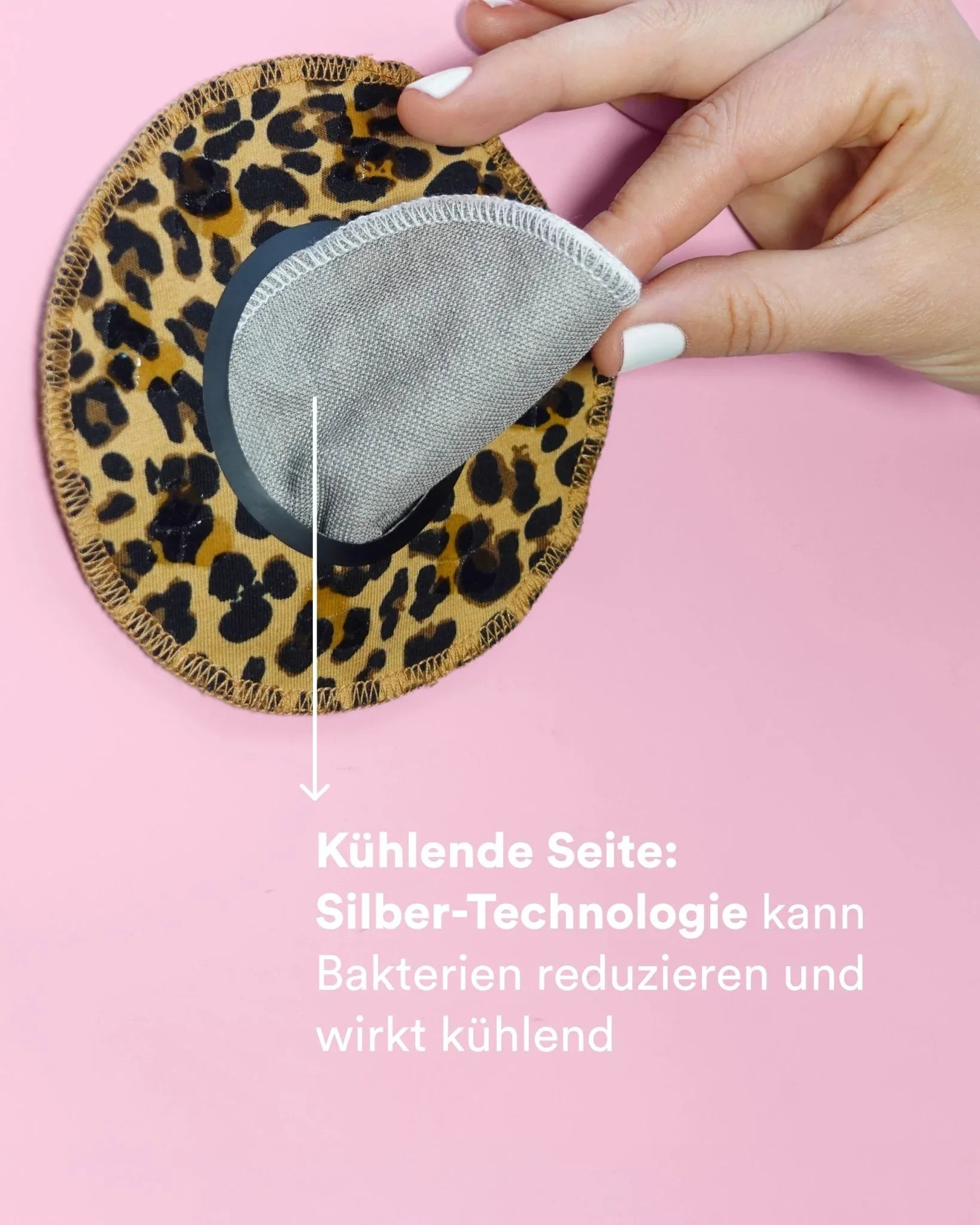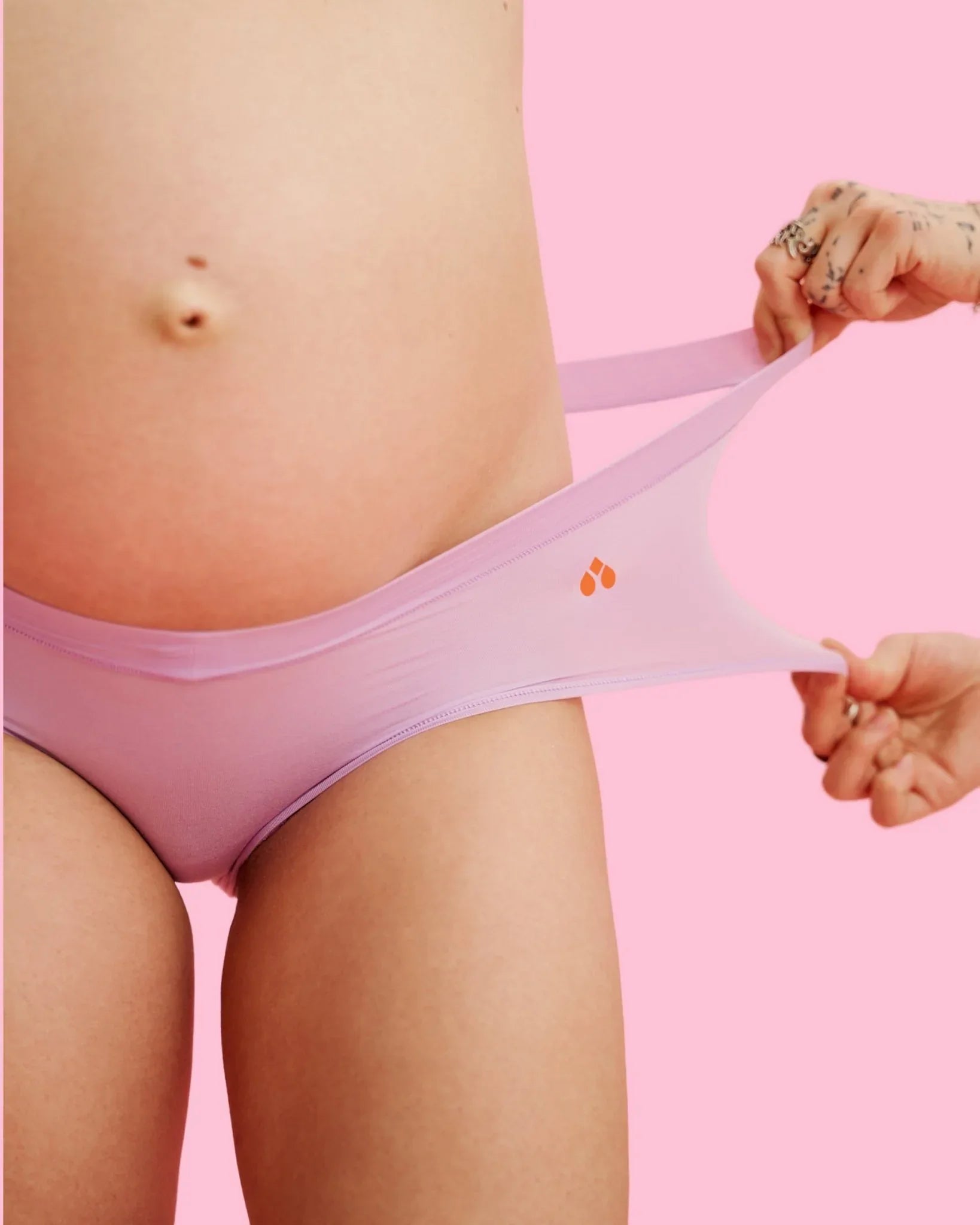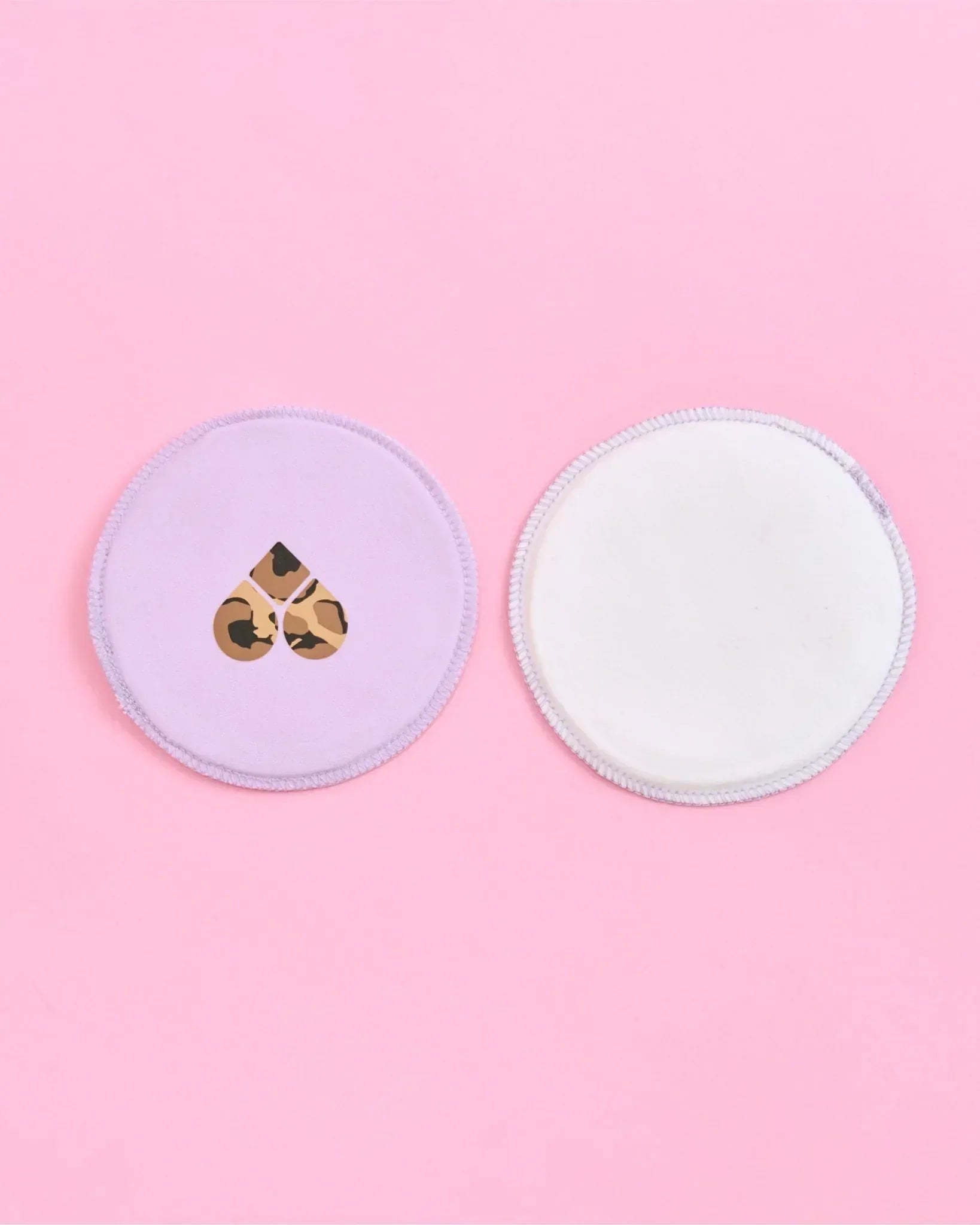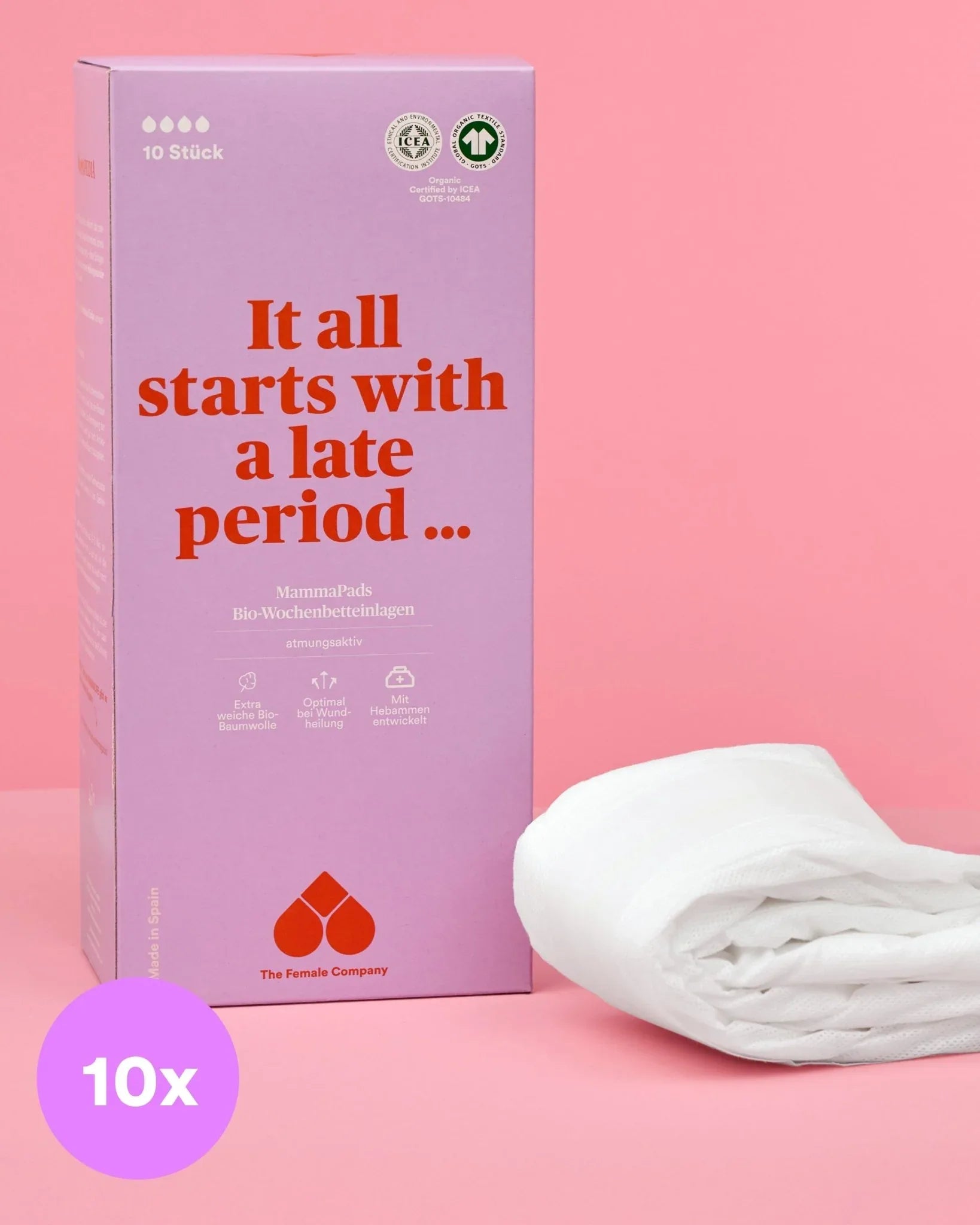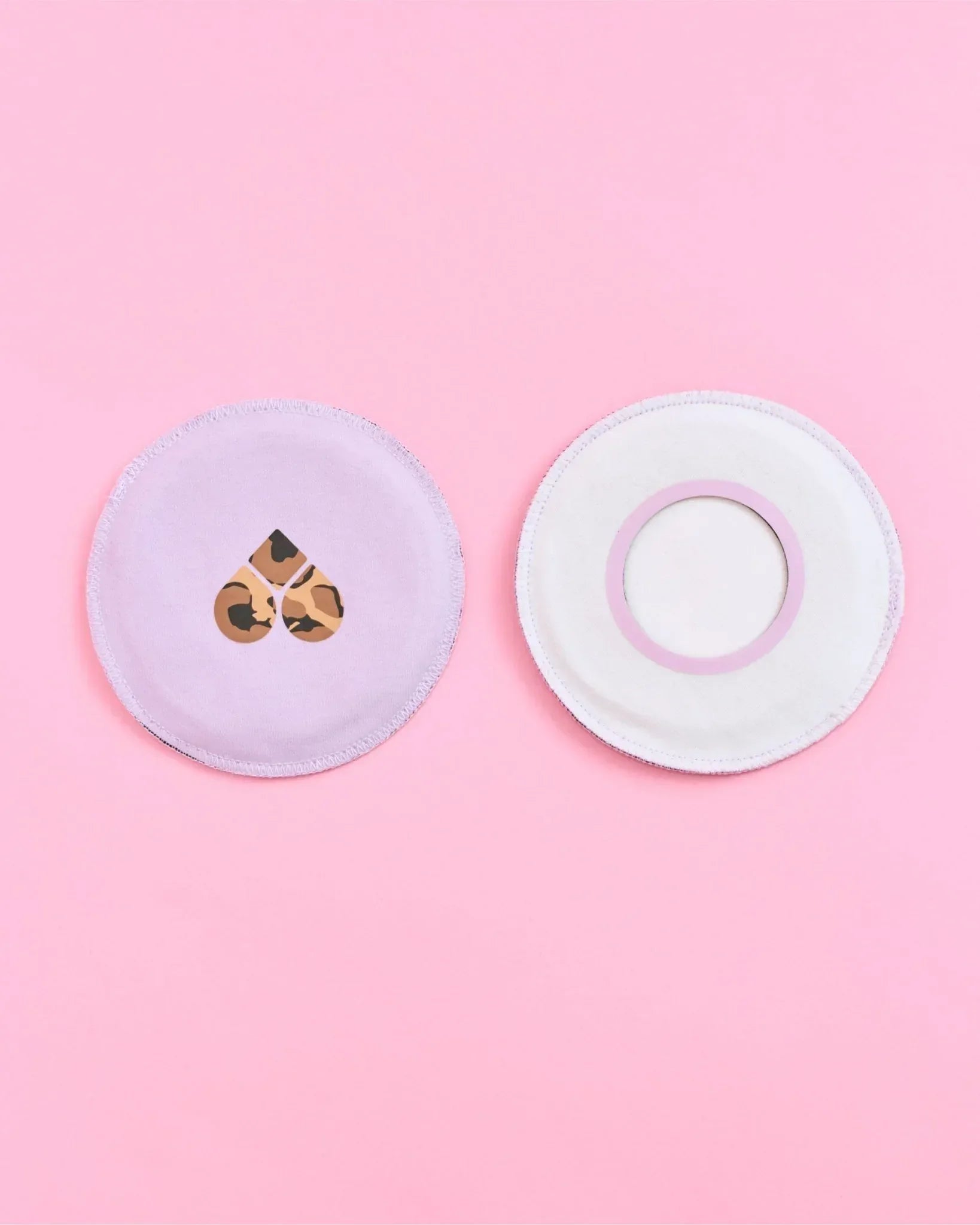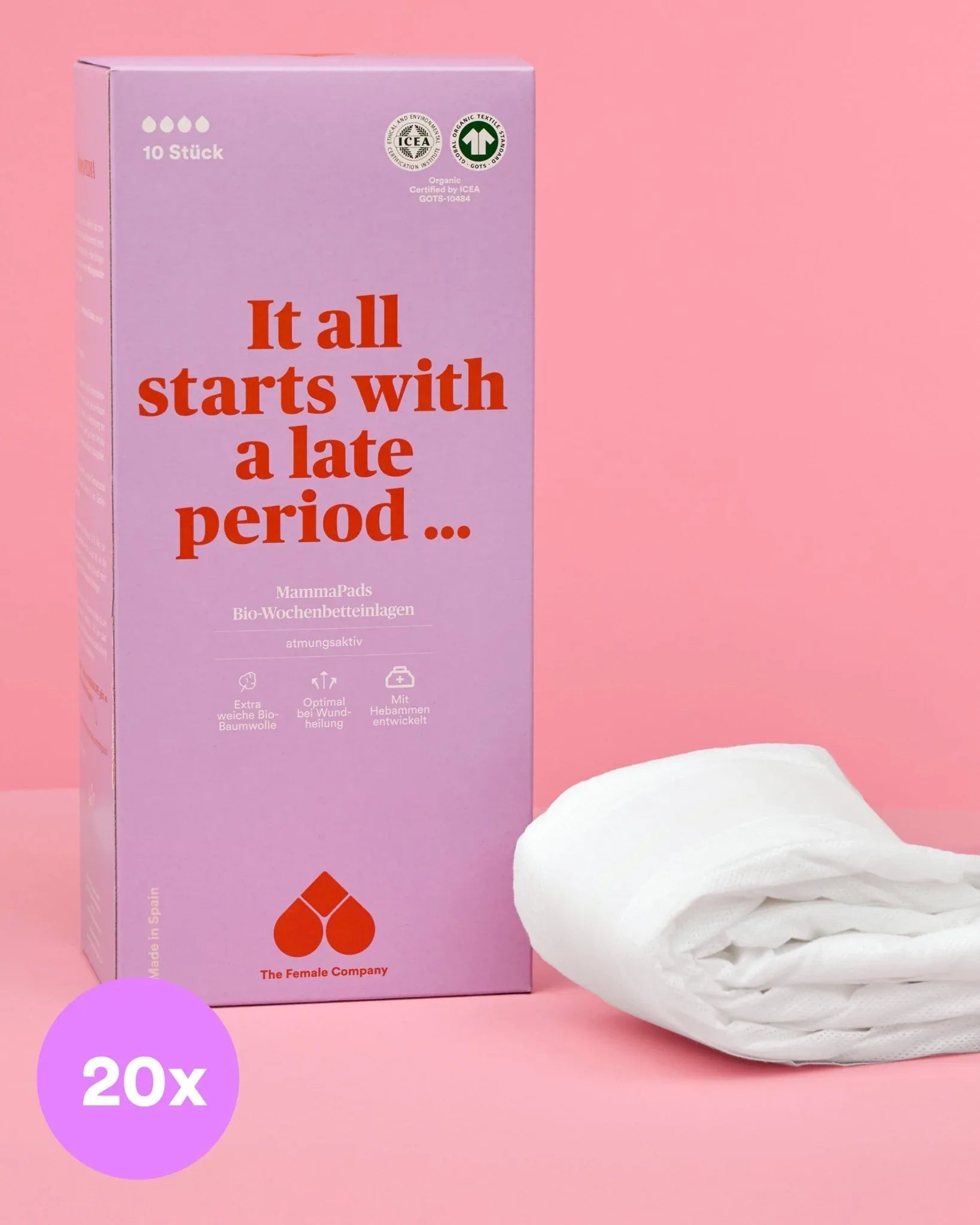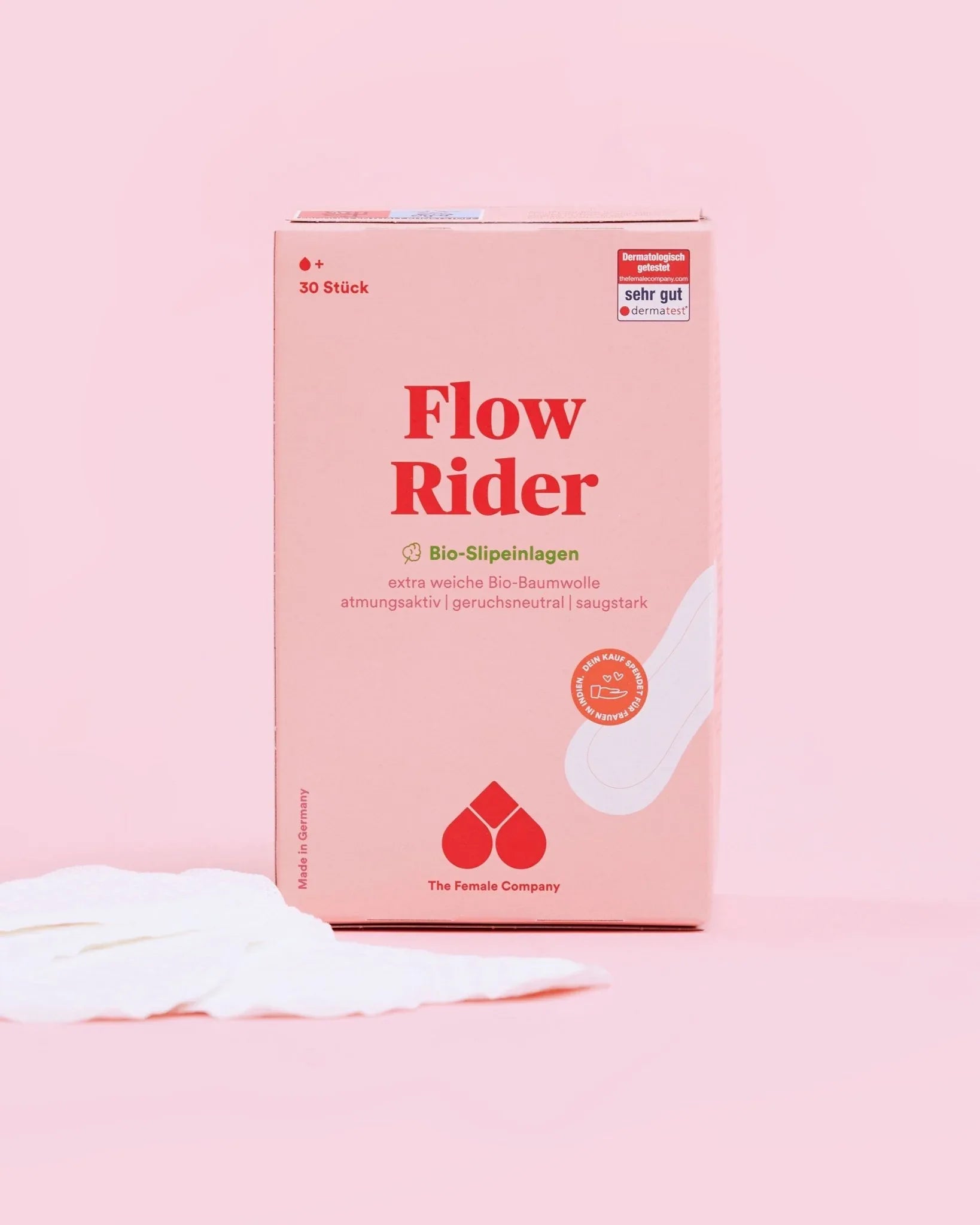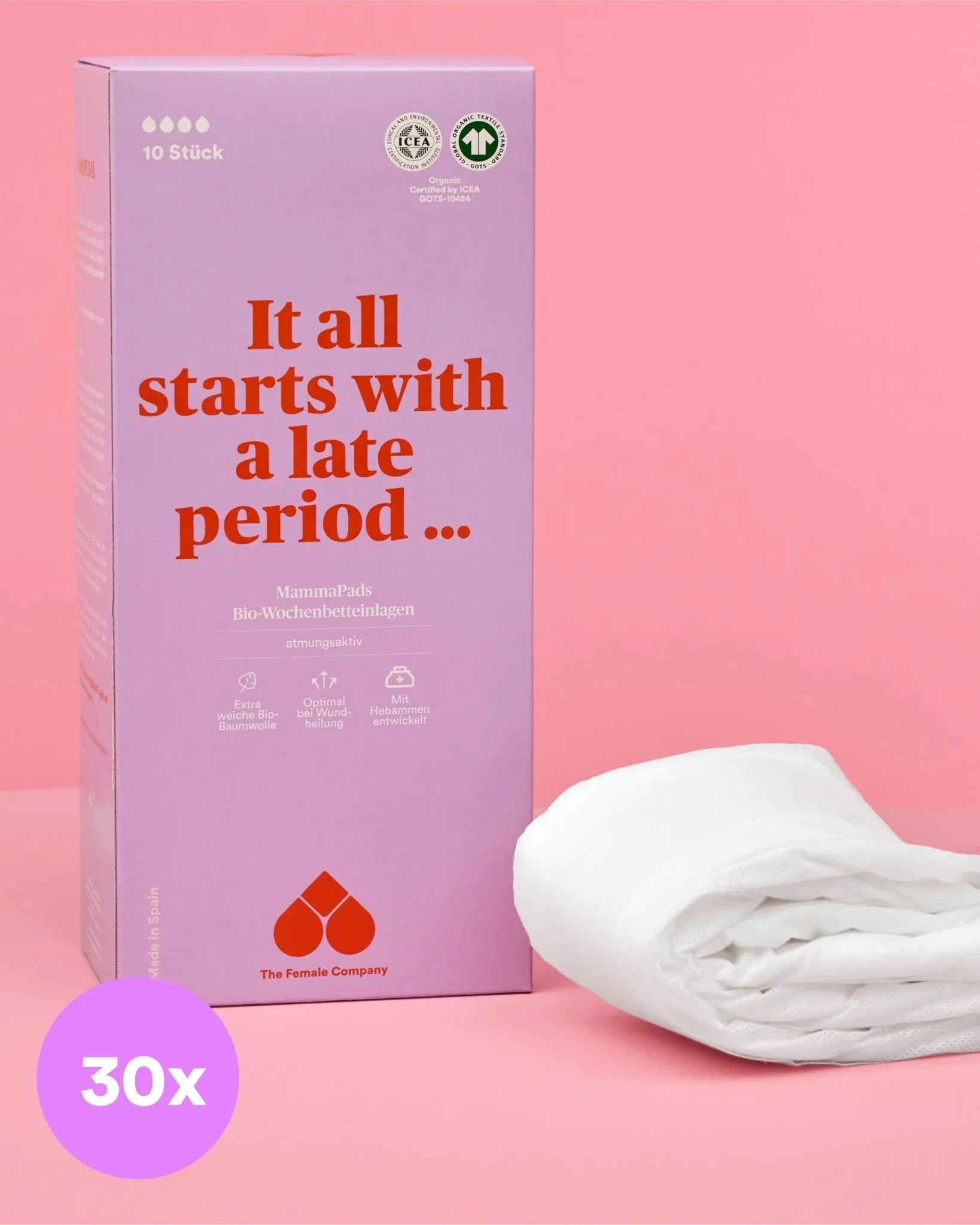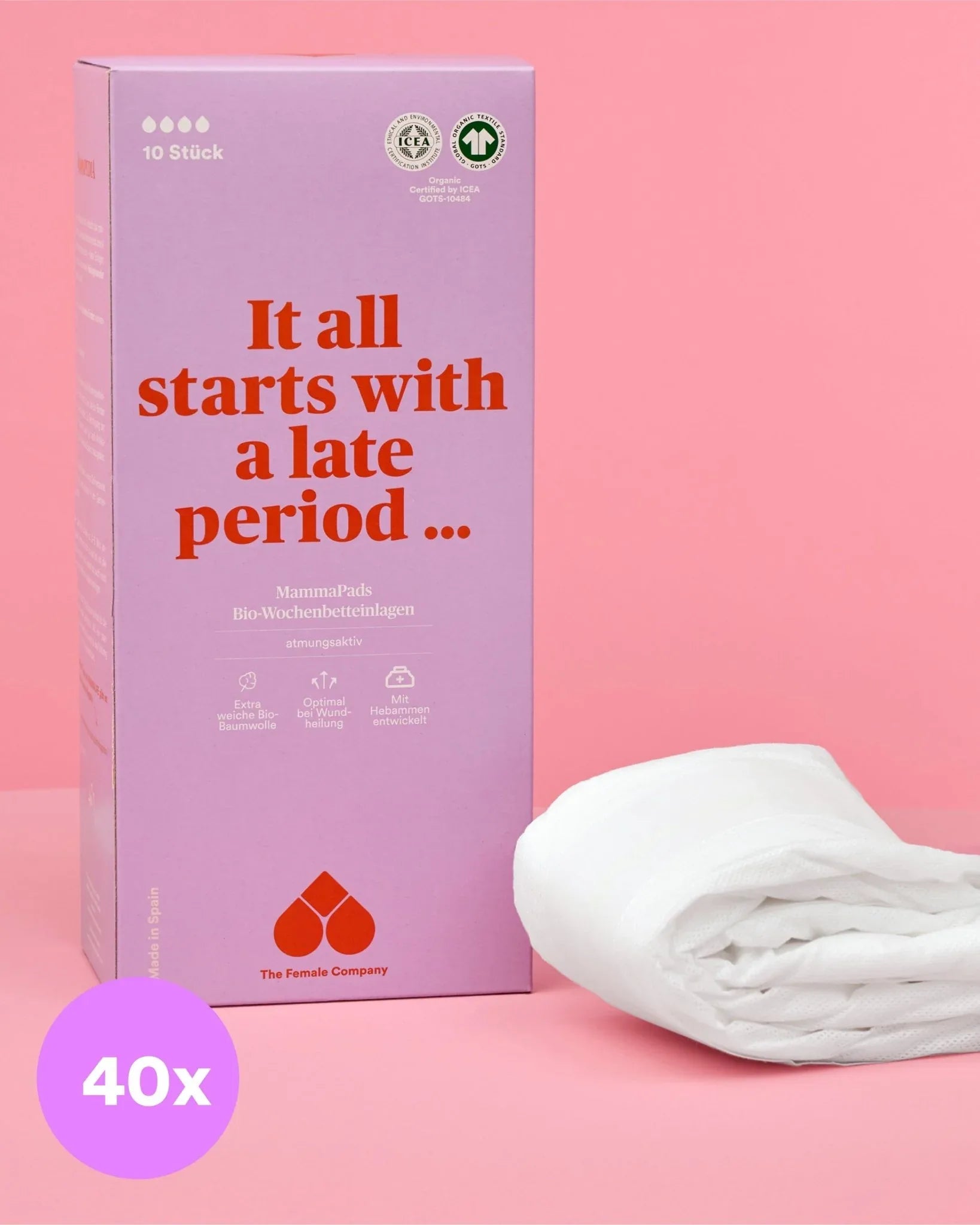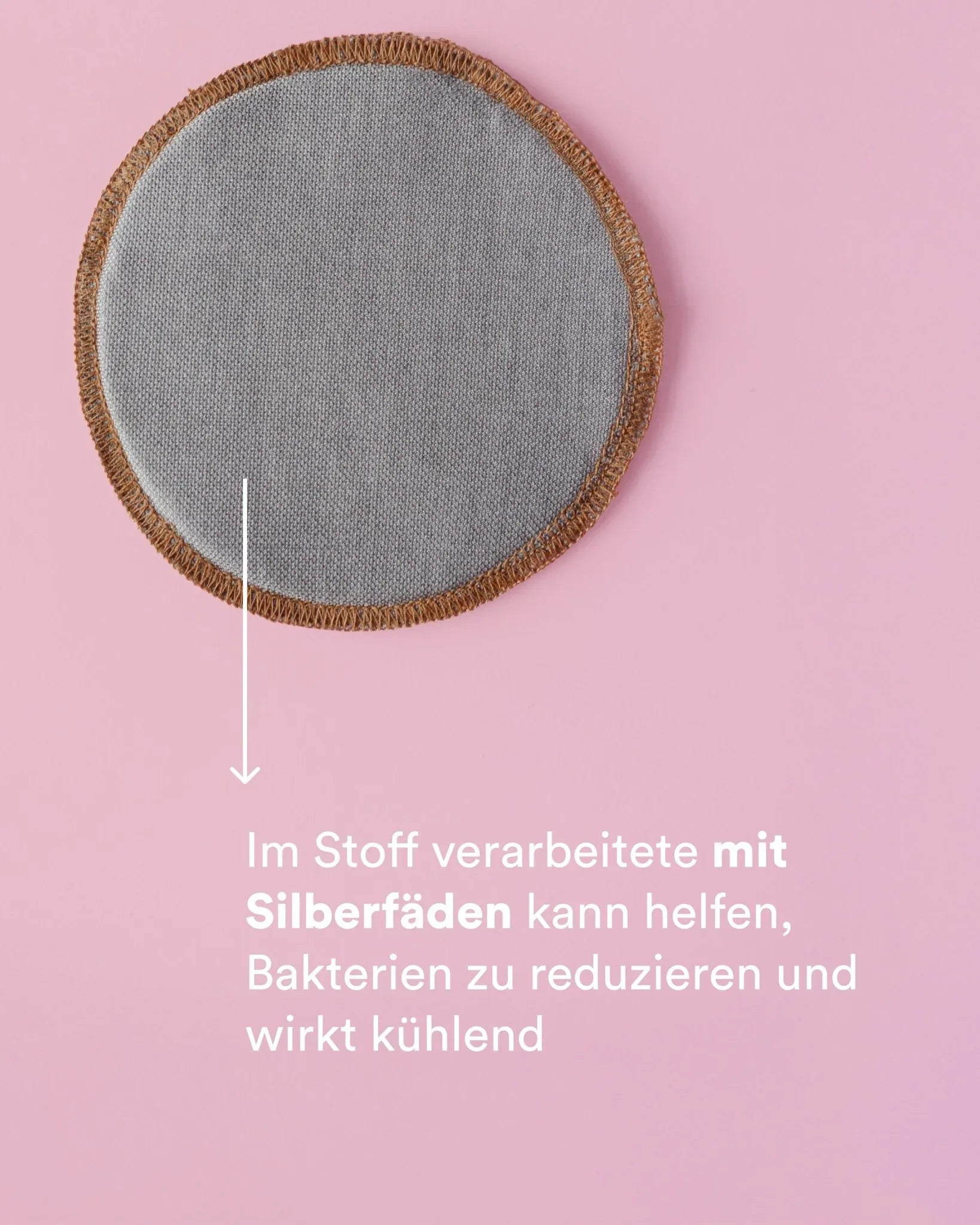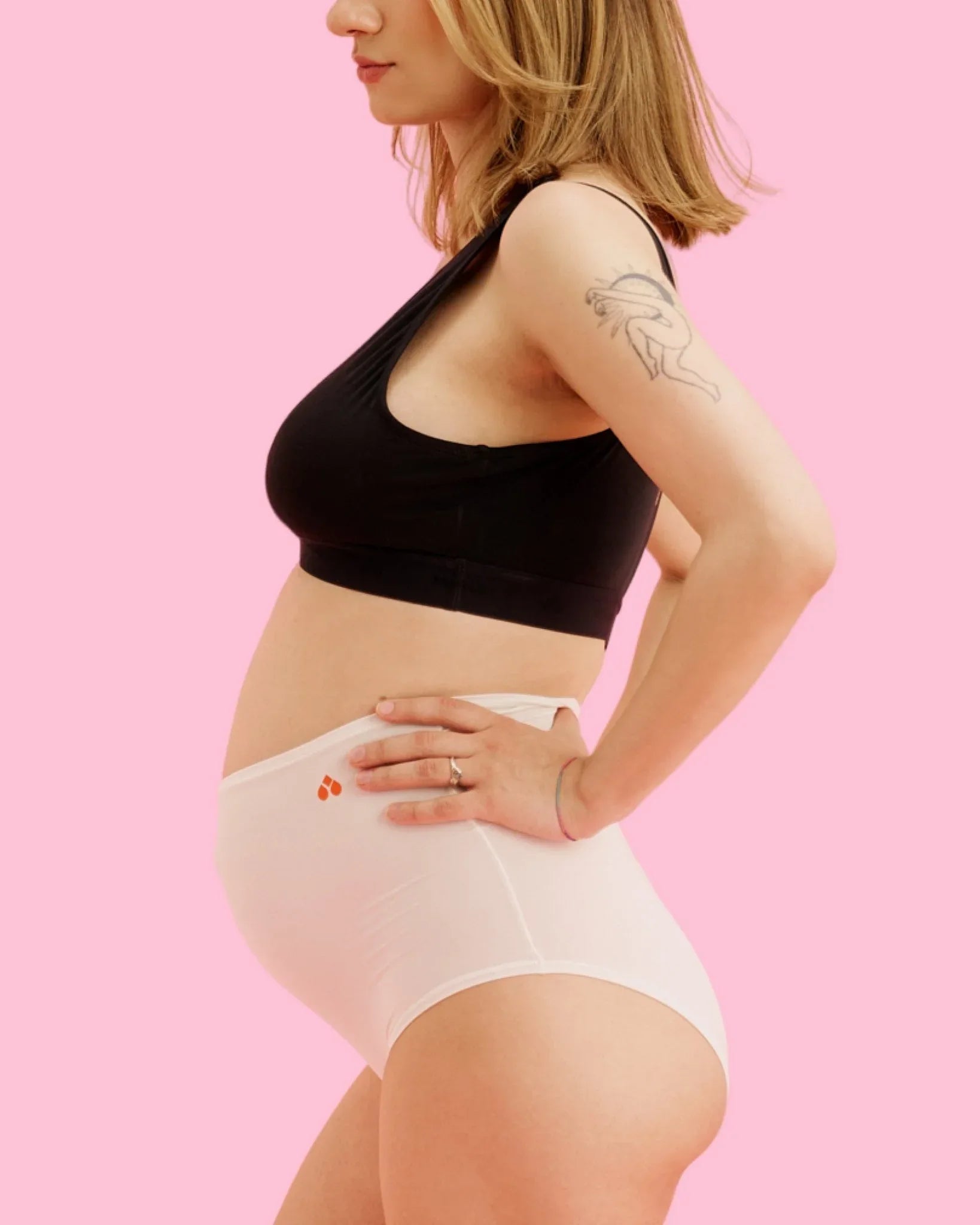Even though the first time with your baby should be full of beautiful moments, the mommy hustle cannot be completely avoided during the postpartum period .
What are we talking about here? Postpartum bleeding! Along with bonding, first attempts at breastfeeding and moments of getting to know each other, this is one of the less pleasant events.
Ready for some facts? Then please pay attention...
Summary
Lochia is the bleeding after childbirth, which usually lasts for several weeks.
Lochia congestion is a serious matter that should be discussed with a doctor.
Symptoms of lochia - pain in the lower abdomen, fever, enlarged uterus.
Table of contents
Contents
1. What to do if you have lochia?
First of all, lochia itself is a completely natural thing . Regardless of whether it's a cesarean section or a vaginal birth, things will be fine after the birth - and that's a good thing.
The discharge transports a lot of wound secretion, bacteria and blood clots to the outside. The color and consistency change accordingly and the amount also decreases as the process progresses. So far, so good.
It is not so good if the lochia suddenly stops, because if the secretion does not drain properly, it could cause an infection.
2. These are the most common symptoms
Postpartum bleeding can be associated with some unpleasant symptoms.
You should therefore pay attention to the following features :
- pain in the lower abdomen
- High fever and headache (sometimes also earache)
- Enlarged uterus (your midwife can feel this)
- lochia stops
3. Lochia congestion after cesarean section
After a cesarean section, the duration of the lochia can be significantly shortened.
But be careful: If the bleeding stops suddenly and prematurely, this could also be a dangerous blockage.
If your bleeding stops after 1-2 weeks after a cesarean section, then to be on the safe side, have your midwife or gynecologist check you again.
4. When should I go to the doctor?
In general, lochia congestion should be treated as quickly as possible .
Because anything that doesn't drain from your uterus can develop into endometritis , or inflammation of the uterine lining (phew, what a word).
If you are blessed with the, not entirely obvious, circumstance of being cared for by a midwife, she will be able to give you good advice here.
If you are really unsure and do not have a midwife for aftercare, then go to the doctor .
5. Treatment options to make things go better
You don't have a real traffic jam yet, but you have the feeling that something isn't going as it should?
Here are a few preventative ways to keep your lochia flowing :
- Warmth – in the form of tea or a hot water bottle gives you the relaxation you need.
- Gentle abdominal massage (also often performed by midwives during aftercare).
- Sleeping on your stomach can also stimulate the uterus to shrink in size.
If things are going well, then our MammaBox is ideal for you: It contains everything you need during the postpartum period!
6. How does lochia congestion occur?
But how does the blockage down there come about? Why and how lochial congestion (as it is so beautifully called in medical terms) occurs can have various causes.
The disease can often be traced back to the cervix not being open enough . Secretion and blood cannot then drain properly and block the cervix.
A uterus that is directed strongly forward can also be a reason for congestion.
Due to the unfavorable position, the lochia cannot flow freely from the cervix.





